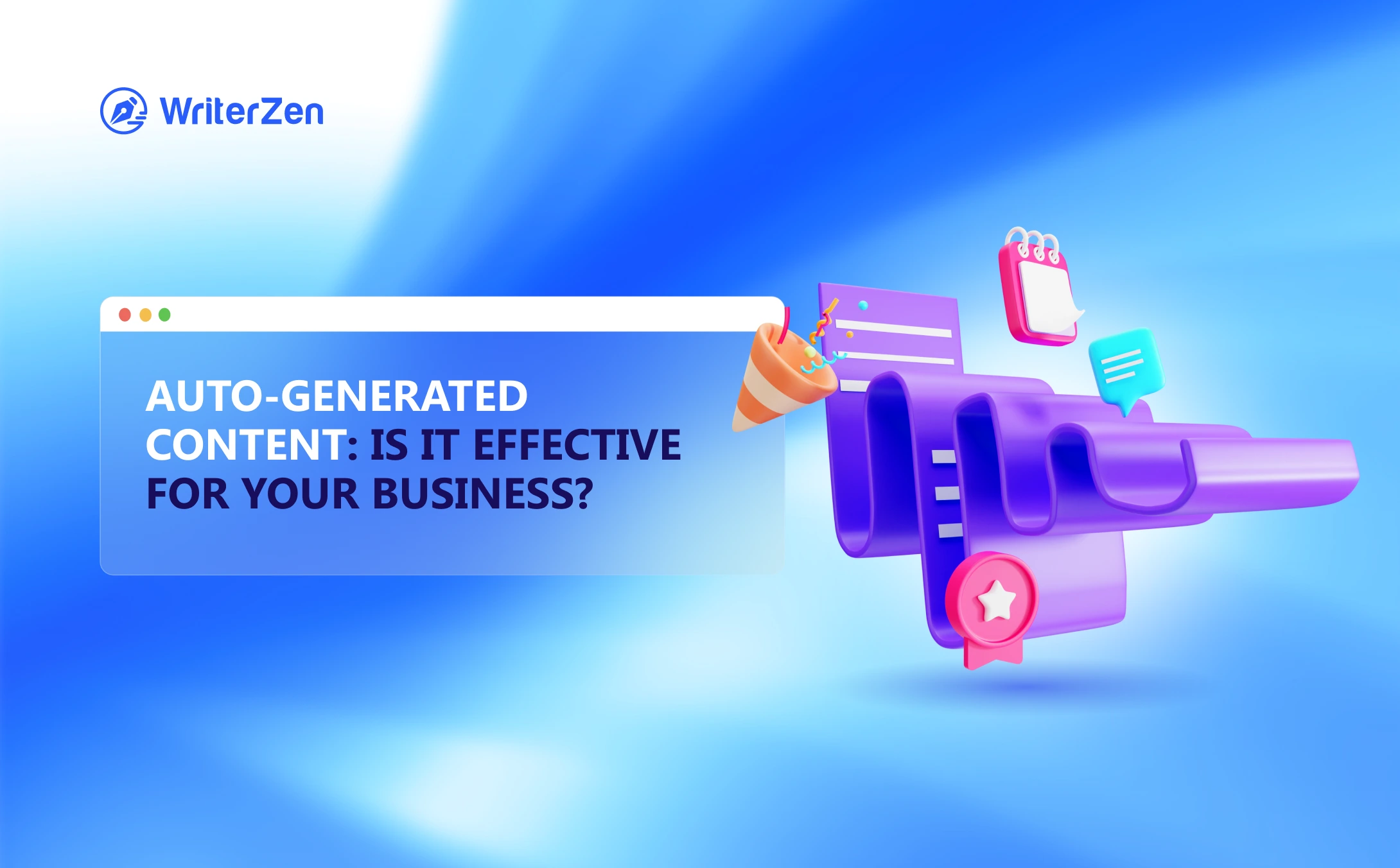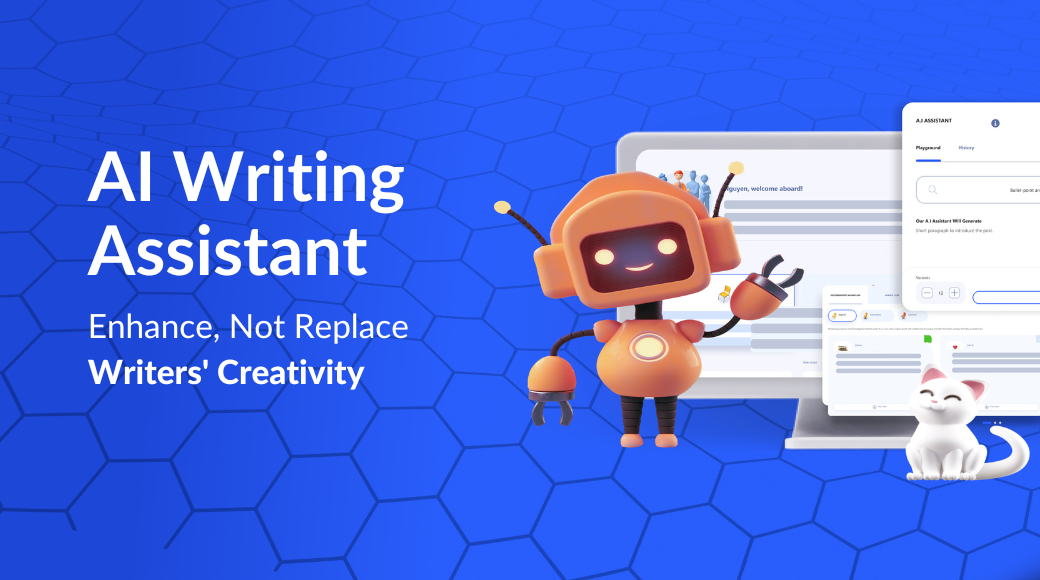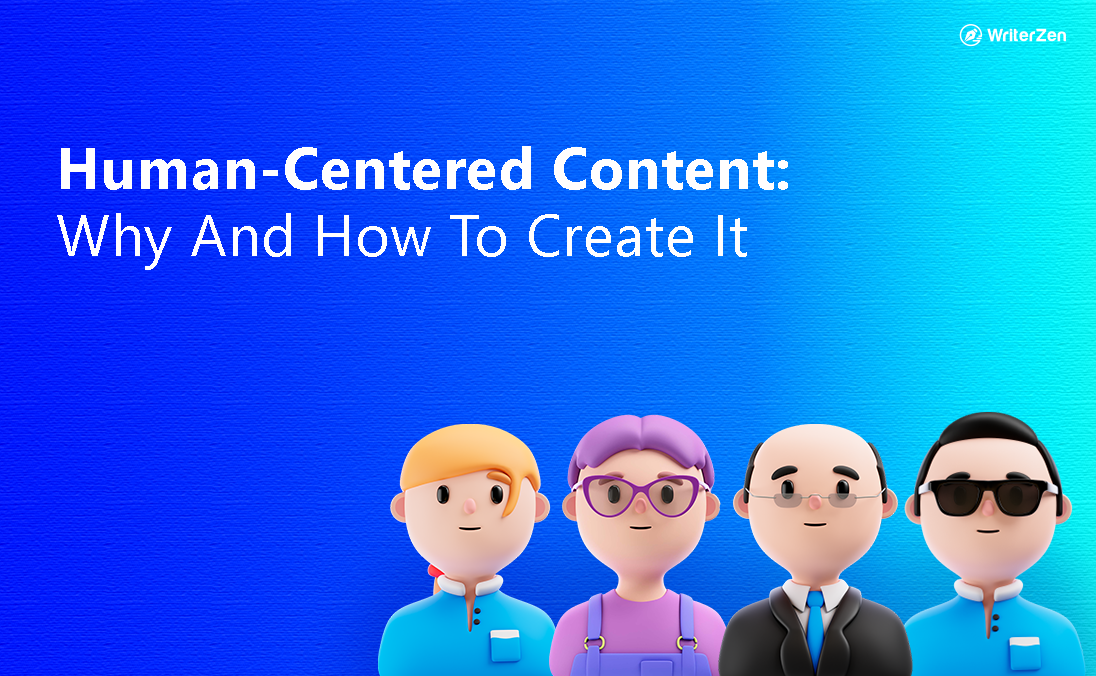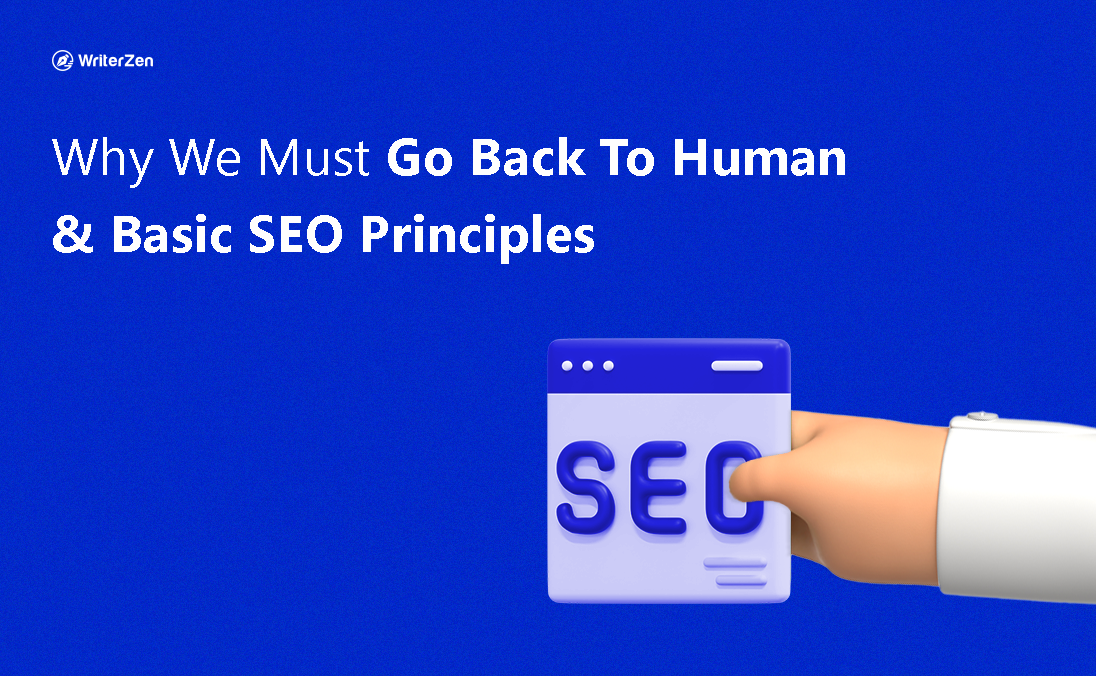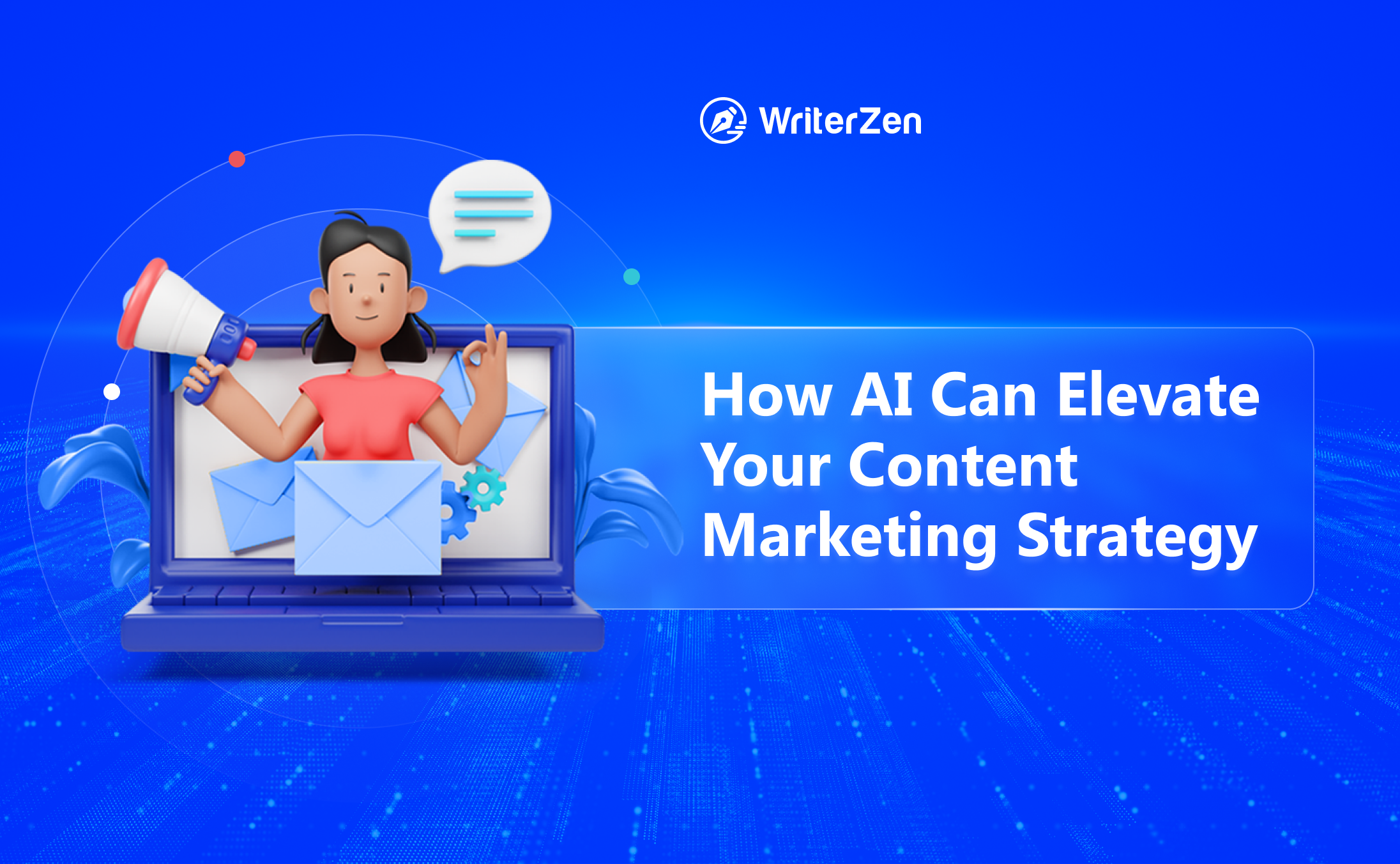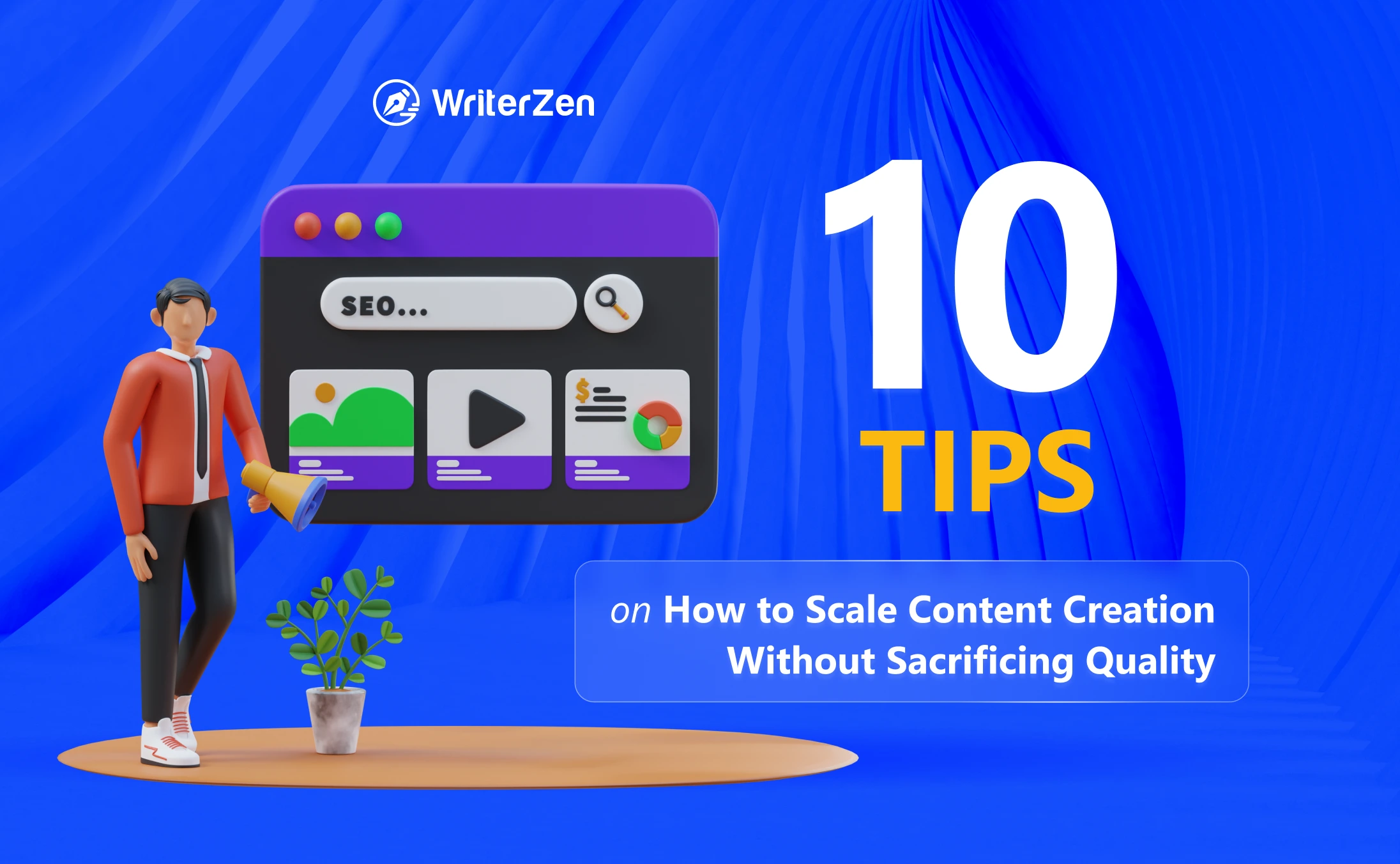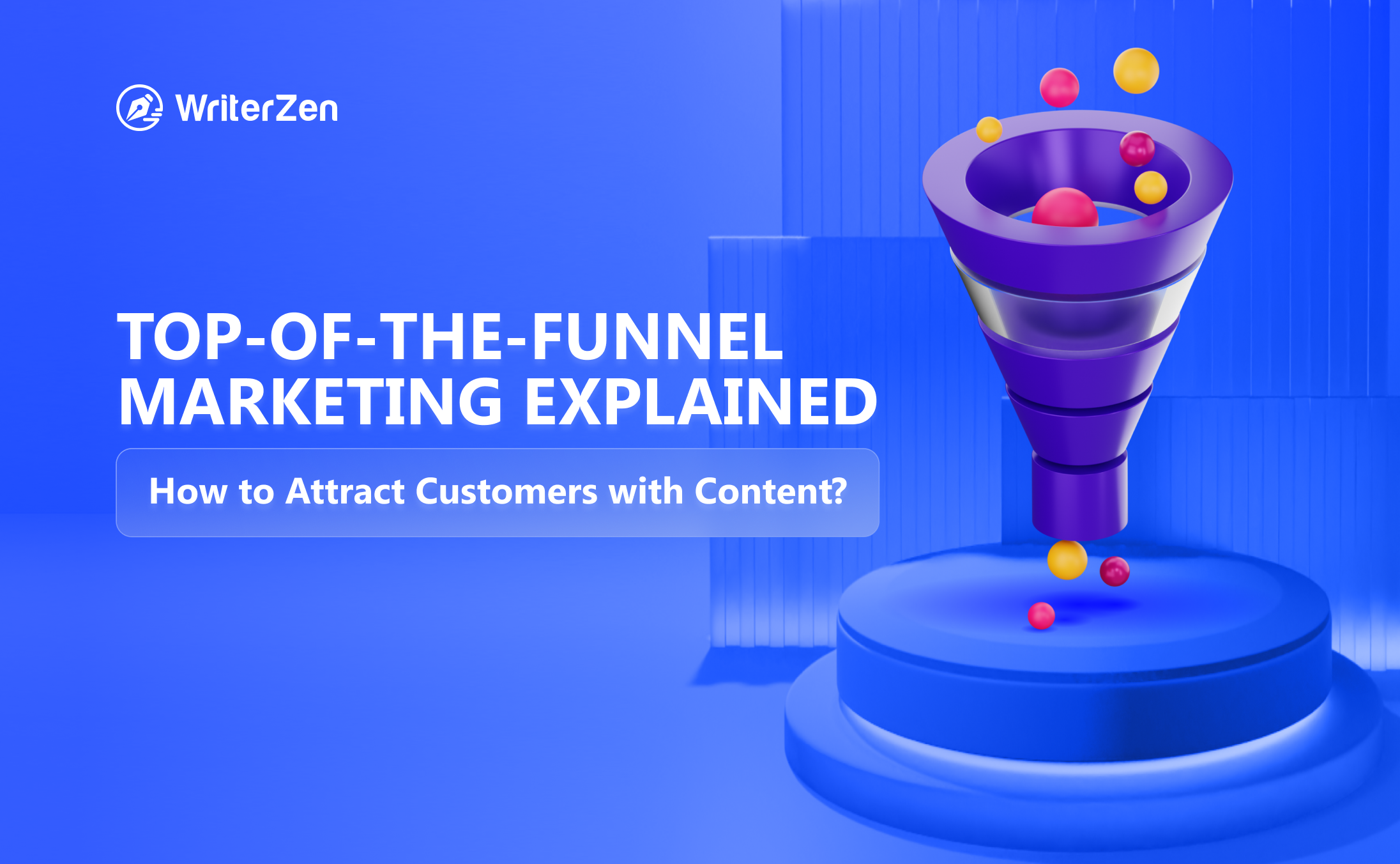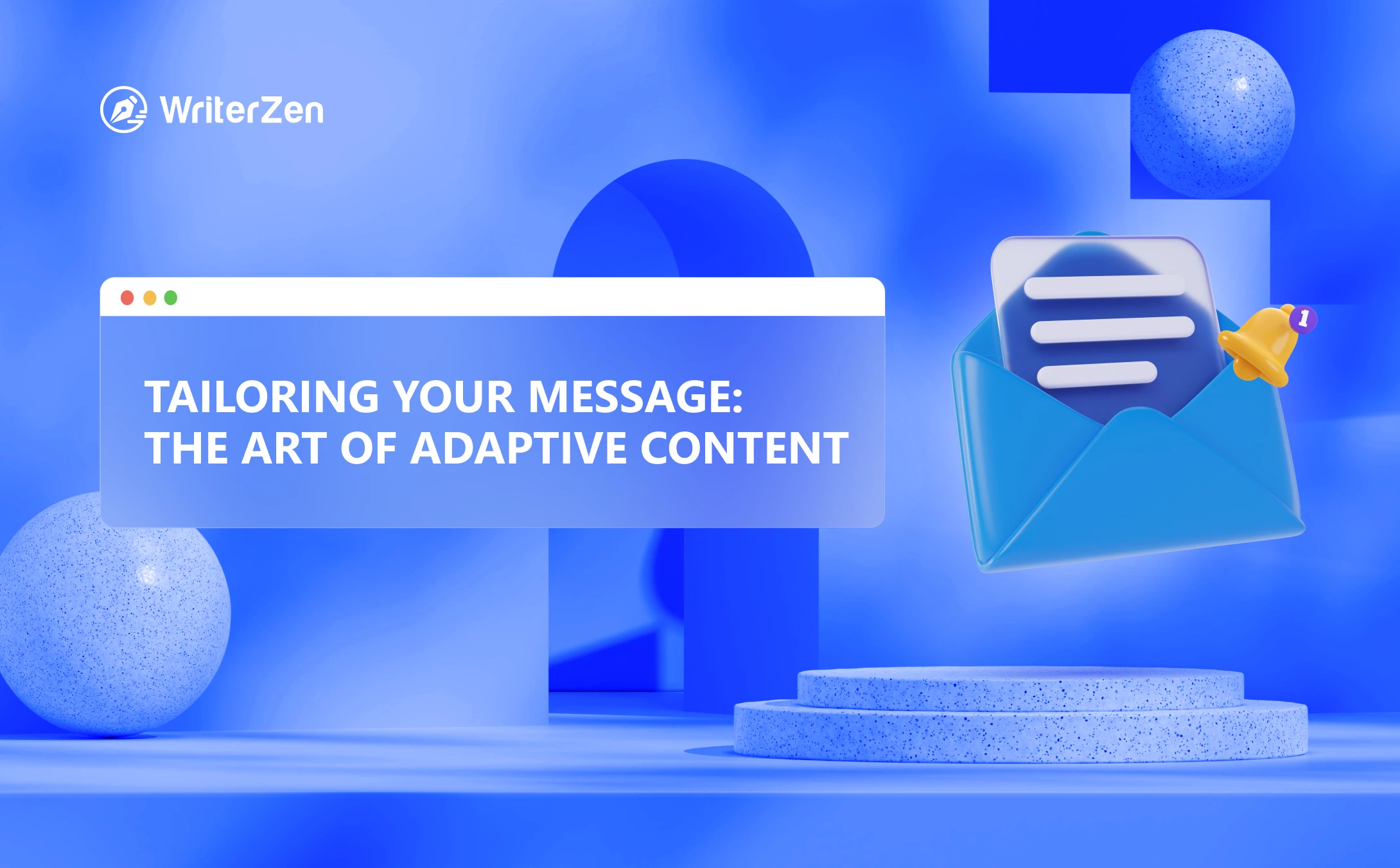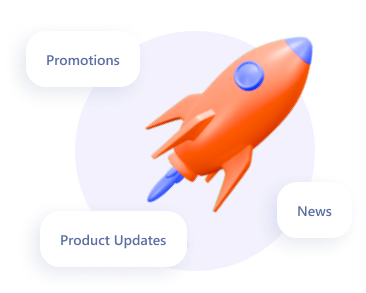Hi there, let’s delve into the fascinating realm of auto-generated content!
Here explore its potential benefits and potential pitfalls, including the fact that it can be considered a black hat strategy.
By exploring both sides of the coin, we aim to provide you with an informative and balanced perspective to help you make an informed decision that shines a bright light on your content strategy.
What Is Auto-Generated Content?
Auto-generated content refers to the process of using computer algorithms or software to automatically create written or visual content without direct human involvement. It involves the generation of text, images, or videos based on pre-set templates, data inputs, or other algorithms.
These automated tools can utilize a variety of techniques, such as natural language processing (NLP), machine learning, data scraping, or content spinning, to produce content swiftly and in large quantities. The aim is to streamline content creation processes and reduce the time and effort required to generate engaging and informative materials.
However, the use of auto-generated content raises important questions about originality, quality, and ethical considerations that businesses should carefully consider. At least, that’s what Google thinks about this type of content.
Below are some examples of what they consider automatically generated content:
-
Content translated in an automatic translation machine without being checked by the human eye before publishing.
-
Content put for the website as a compilation of information already provided on various websites and does not add anything of added value to Google and the users.
-
Scraping Rich Site Summary (RSS), which is a short and rich text-based summary of website content delivered to the feed that gets updated regularly, for automatically generated content.
-
Content made using the “Markov Property” rule. It involves analyzing a dataset to identify statistical patterns and using these patterns to generate new text. However, this content often lacks context and coherence compared to human-written content.
If poorly utilized, auto-generated content can earn you a penalty from Google. We will delve deeper into that in the next section.
Pros and Cons of Auto-generated Content
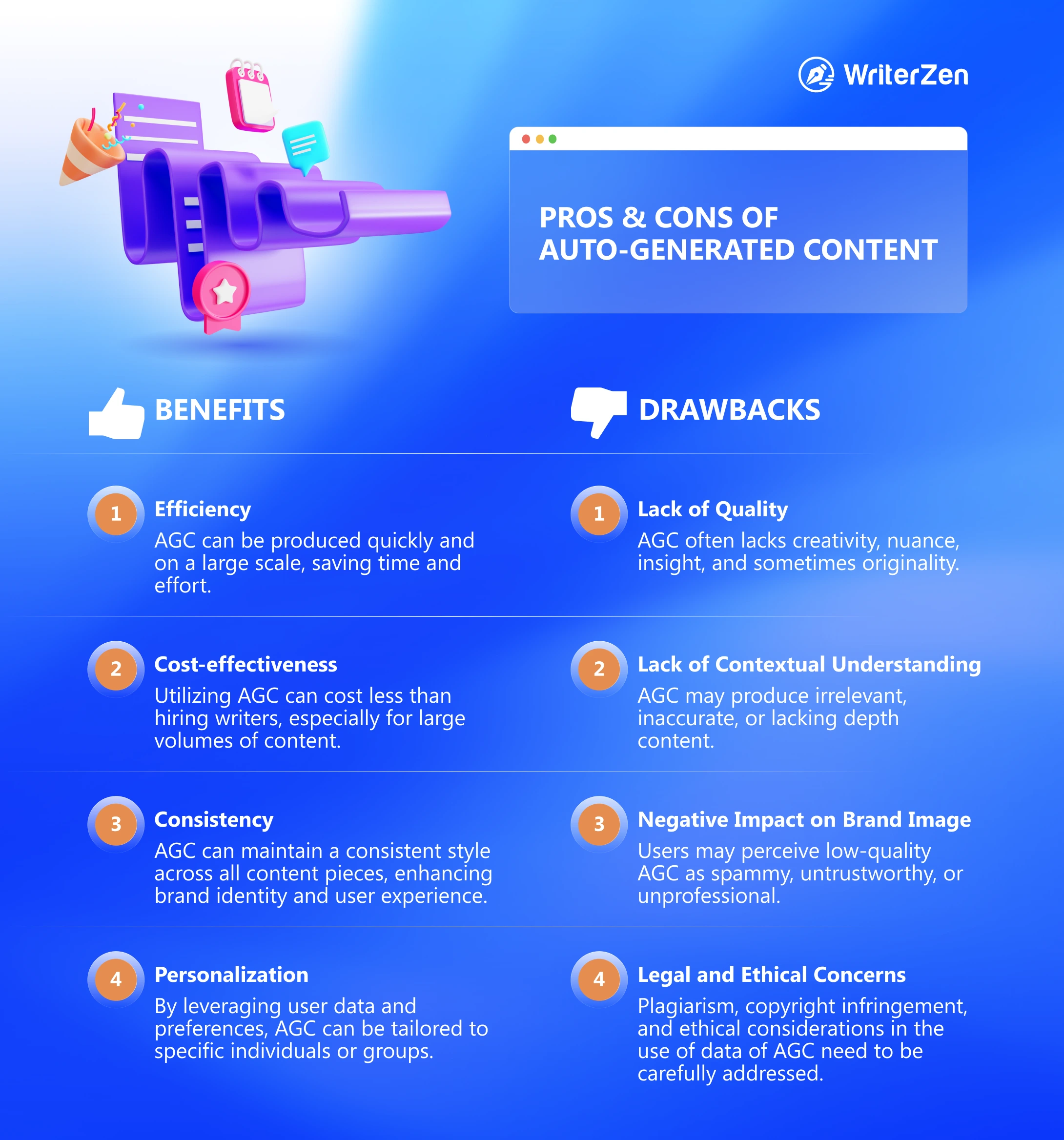
Benefits
-
Efficiency: Auto-generated content can be produced quickly and at a large scale, saving time and effort compared to manually creating content.
-
Cost-effectiveness: Generating content automatically can be more cost-effective than hiring writers or content creators, especially for large volumes of content.
-
Consistency: Auto-generated content can maintain a consistent style, tone, and formatting across multiple pieces of content, enhancing brand identity and user experience.
-
Personalization: By leveraging user data and preferences, auto-generated content can be tailored to specific individuals or groups, resulting in more personalized experiences.
Drawbacks
-
Lack of Quality: Auto-generated content often needs more creativity, nuance, and insight provided by human creators. It may lack originality and fail to address complex or unique topics effectively.
-
Lack of Contextual Understanding: Auto-generated content typically lacks contextual understanding and may produce content that is irrelevant, inaccurate, or lacks depth.
-
Negative Impact on Brand Image: Low-quality or irrelevant auto-generated content can negatively impact a brand's reputation, as users may perceive it as spammy, untrustworthy, or unprofessional.
-
Legal and Ethical Concerns: Factors such as plagiarism, copyright infringement, and ethical considerations surrounding the use of data in generating content need to be carefully addressed.
It's important to consider these pros and cons when using auto-generated content, weighing the benefits of efficiency and consistency against potential drawbacks in quality and user perception. Often, a combination of auto-generated and human-curated content can provide the best outcome.
How to Combine AI Content and Human Content for the Best Outcome
Topic Selection and Framing
Use auto-generated content to generate topic ideas and provide a structure or outline for the content. Then, have human content creators add their expertise, insights, and unique perspectives to enrich the content.
Editing and Refinement
Auto-generated content can serve as a starting point to provide a foundation for human editors to refine and improve. Editors can add context, improve readability, fact-check, and ensure that the content aligns with the brand's voice and style guidelines.
Personalization and Customization
Utilize auto-generated content to create personalized versions for different audience segments. Human content creators can review and modify the auto-generated content to make it more relevant, engaging, and tailored to specific user groups.
Quality Assurance and Review
Have human content creators review and edit auto-generated content before publishing to ensure accuracy, coherence, and quality. This step helps to catch any errors, inconsistencies, or irrelevant information produced by the auto-generation process.
Integration and Hybrid Approaches
Combine auto-generated and human-curated content seamlessly within a single piece. This can involve incorporating quotes, statistics, or specific sections generated by software while the rest of the content is crafted by human creators. The hybrid approach capitalizes on both the efficiency of automation and the creativity and expertise of humans.
Continuous Monitoring and Feedback Loop
Continuously track the performance and feedback of auto-generated content and make adjustments accordingly. Analyze metrics, user feedback, and engagement to identify areas where human involvement is required to improve the content further.
By implementing these strategies, you can harness the benefits of efficiency and consistency provided by auto-generated content while ensuring that human creativity, expertise, and quality control are incorporated for the best final outcome.
Conclusion
In conclusion, while auto-generated content offers efficiency and consistency, it is essential to supplement it with human-curated content for quality and relevance. Finding the right balance allows businesses to leverage automation while delivering engaging content.
To learn more about effective content strategies, check out our blog for valuable insights and trends in content marketing.


